White Mustard Seeds: From Pantry Staple to Flavor Superstar
Table of Contents
- Introduction
- What Are White Mustard Seeds?
- Culinary Uses Around the World
- Spice It Up: Practical Tips for Using White Mustard Seeds
- Health Benefits You Didn’t Know About
- Storage Hacks That’ll Keep Your Seeds Fresh
- White vs. Black vs. Brown Mustard Seeds – The Ultimate Comparison
- Cooking with Mustard Seeds: Recipes to Try Today
- Fun Facts You’ll Want to Brag About
- Conclusion
Introduction
So, you’ve got a bottle of white mustard seeds lurking in your spice cabinet and you’re wondering what the heck to do with them. Maybe they’re just sitting there, forgotten like that gym membership you swore you’d use. Well, buckle up! Because today, we're diving into the wonderful world of white mustard seeds—those tiny little flavor bombs that can elevate your cooking from “meh” to “magic.” Whether you're a seasoned chef or someone who just learned how to boil water without setting off the smoke alarm, this guide is packed with practical tips, science-backed facts, and even some quirky trivia to impress your friends.

What Are White Mustard Seeds?
White mustard seeds come from the Brassica alba plant, and despite their name, they’re usually more pale yellow than truly white. Compared to their spicier cousins—brown and black mustard seeds—white mustard seeds have a milder flavor profile. But don’t let their gentle reputation fool you; when activated by moisture, especially acidic liquids like vinegar or lemon juice, they unleash a pungent aroma and flavor that’s instantly recognizable.
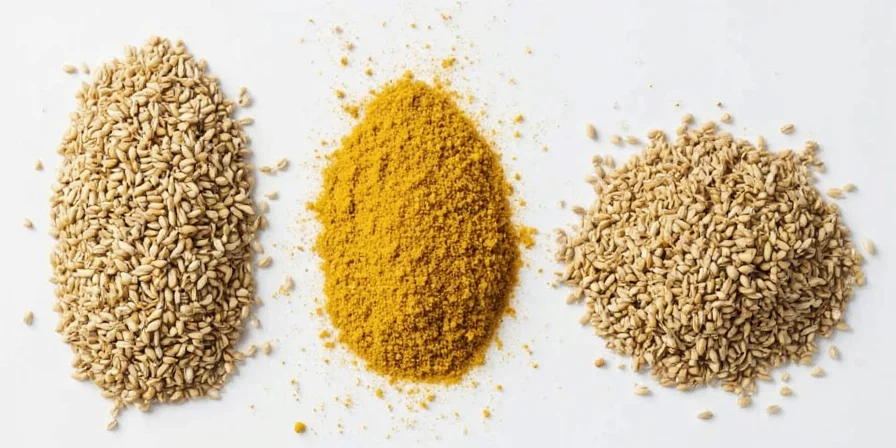
Culinary Uses Around the World
White mustard seeds are the backbone of classic mustard sauces, pickling brines, and a wide variety of Indian dishes. In Indian cuisine, especially in South Indian recipes like sambar and rasam, mustard seeds are often tempered in hot oil to unlock their nutty, spicy aroma. They also play a starring role in German sausages and American ballpark mustard.
| Region | Dish | Use of White Mustard Seeds |
|---|---|---|
| India | Sambhar | Toasted in oil for tempering |
| Germany | Bratwurst | In sausage stuffing and mustard sauce |
| USA | Hot Dogs | Classic yellow mustard topping |
| Mexico | Tacos | Used in salsas and marinades |
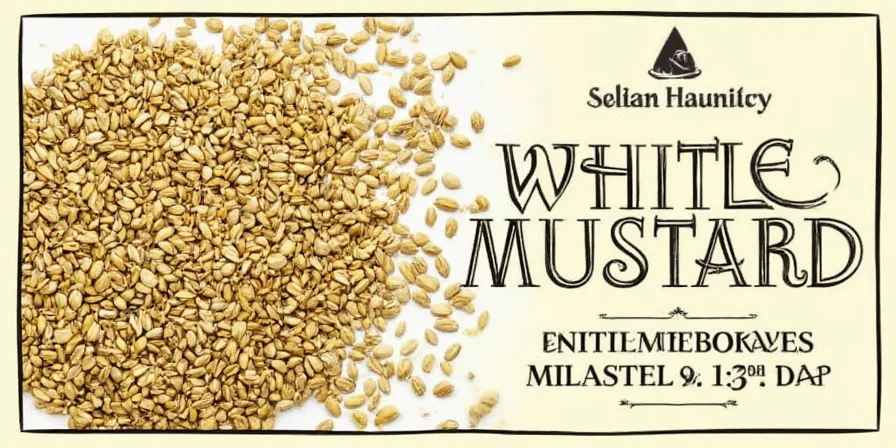
Spice It Up: Practical Tips for Using White Mustard Seeds
- Toast ‘Em Up: Dry roast mustard seeds in a pan until they start popping. This brings out their nutty flavor and reduces bitterness.
- Pair With Acid: Vinegar or lemon juice really wakes up the flavor. Perfect for salad dressings or pickles.
- Grind at the Right Time: If you’re making homemade mustard paste, grind the seeds right before mixing to preserve potency.
- Add Early to Dishes: In stews or curries, add mustard seeds early so they infuse the entire dish.
- Make Your Own Mustard: Soak seeds overnight in vinegar, then blend with salt and spices for a custom condiment.

Health Benefits You Didn’t Know About
Beyond the kitchen, white mustard seeds have a long history of medicinal use. Packed with antioxidants, minerals, and anti-inflammatory properties, they offer a surprising number of health benefits:
- Boosts Digestion: Mustard seeds stimulate the production of digestive enzymes.
- Anti-Inflammatory Powerhouse: Contains selenium and magnesium, which help reduce inflammation.
- May Help Control Blood Sugar: Some studies suggest mustard seed consumption could benefit diabetics.
- Heart-Friendly: Rich in monounsaturated fats that support cardiovascular health.
- Relieves Respiratory Issues: Used traditionally in poultices for colds and congestion.
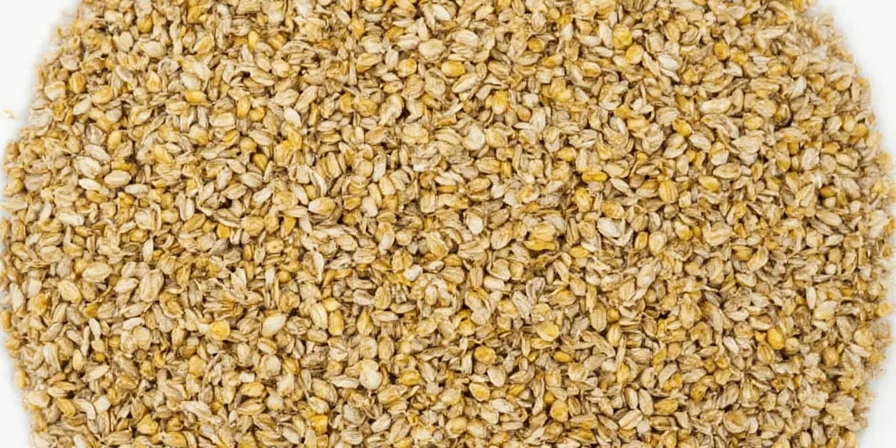
Storage Hacks That’ll Keep Your Seeds Fresh
If stored improperly, mustard seeds can lose their potency over time. Here’s how to keep them fresh and flavorful:
- Airtight Container: Store in a sealed jar away from light and moisture.
- Cool & Dark Place: A pantry or cupboard works best. Avoid storing near the stove or sink.
- Whole Seeds Last Longer: Ground mustard loses potency faster than whole seeds.
- Freeze for Long-Term: For storage beyond a year, freeze them in a vacuum-sealed bag.
- Label & Date: Spice jars should be labeled with purchase date to track freshness.
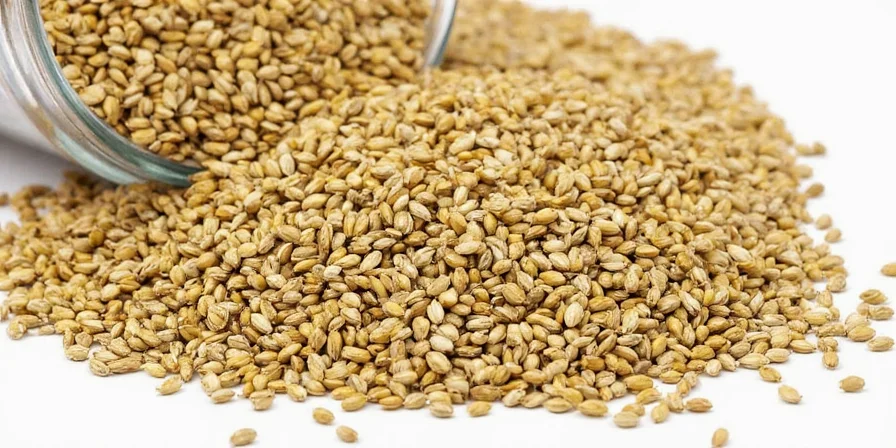
White vs. Black vs. Brown Mustard Seeds – The Ultimate Comparison
Not all mustard seeds are created equal. Let's break it down:
| Type | Flavor Profile | Best Use | Heat Level |
|---|---|---|---|
| White Mustard Seeds | Mild, slightly sweet | Mustard sauces, pickles, tempering | Low to moderate |
| Brown Mustard Seeds | Spicy, pungent | Indian curries, Dijon mustard | Moderate to high |
| Black Mustard Seeds | Strongest, earthy and sharp | Traditional tempering, spicy masalas | High |

Cooking with Mustard Seeds: Recipes to Try Today
Ready to get cooking? Here are three simple yet delicious ways to use white mustard seeds:
- Classic Yellow Mustard: Mix ground mustard seeds with vinegar, turmeric, and salt. Chill and enjoy on sandwiches.
- Garlic Mustard Pickles: Boil cucumbers in a brine infused with mustard seeds, garlic, and dill.
- Mustard Tempered Lentils (Sambhar): Temper mustard seeds in oil, add to lentils with tamarind and curry leaves.
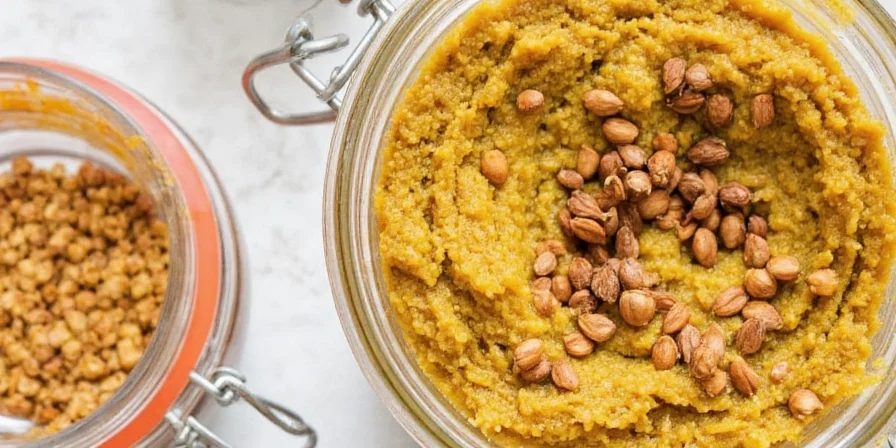
Fun Facts You’ll Want to Brag About
- Mustard is one of the oldest known spices—used for over 5,000 years!
- There are over 40 different types of mustard worldwide, each made from different seed varieties.
- According to legend, Napoleon once banned mustard from military rations because he thought it caused soldiers to become too aggressive.
- White mustard plants were once grown as cover crops to prevent soil erosion.
- The phrase “cutting the mustard” means achieving a difficult task—but its origin remains mysterious!
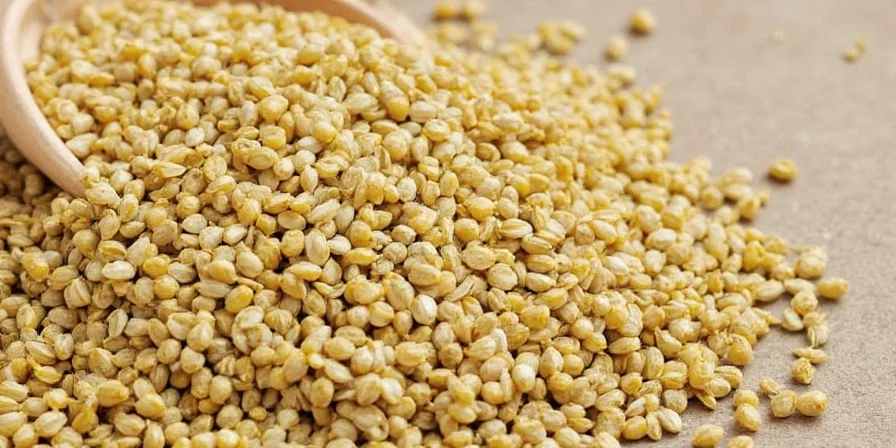
Conclusion
White mustard seeds may be small, but they pack a punch when used correctly. From adding depth to your curries to boosting your health and making killer homemade mustard, these little seeds are a powerhouse in disguise. Now that you know the ins and outs of using them, it’s time to shake things up in your kitchen. Don’t let those seeds sit quietly in your pantry—they deserve a spotlight!
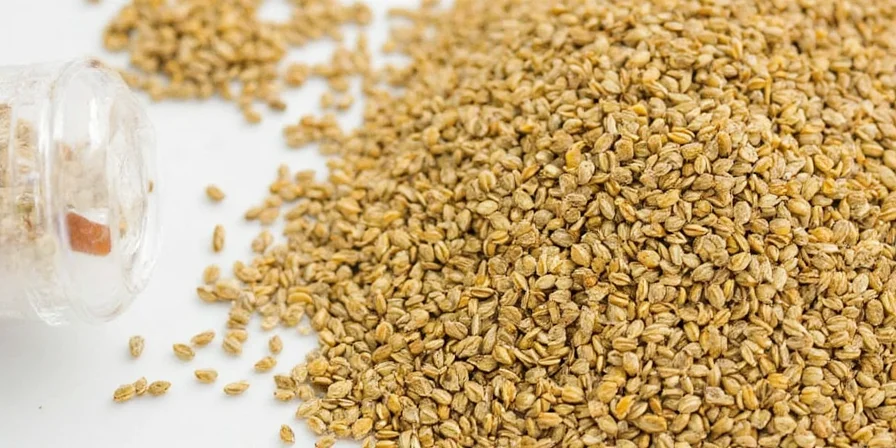

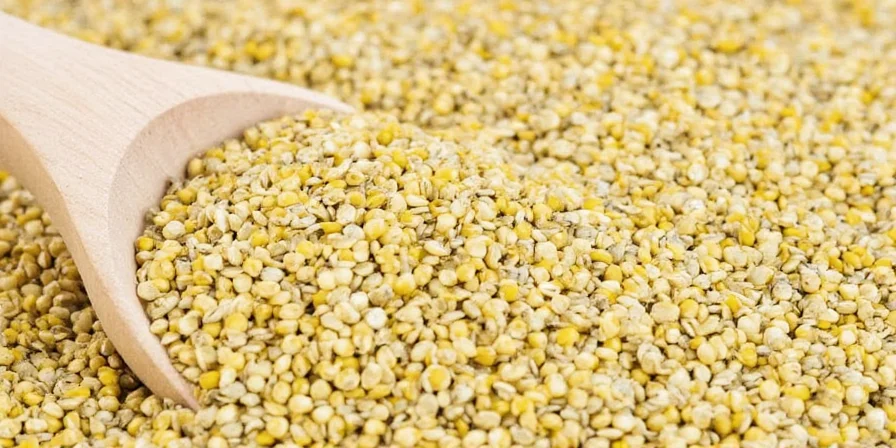









 浙公网安备
33010002000092号
浙公网安备
33010002000092号 浙B2-20120091-4
浙B2-20120091-4